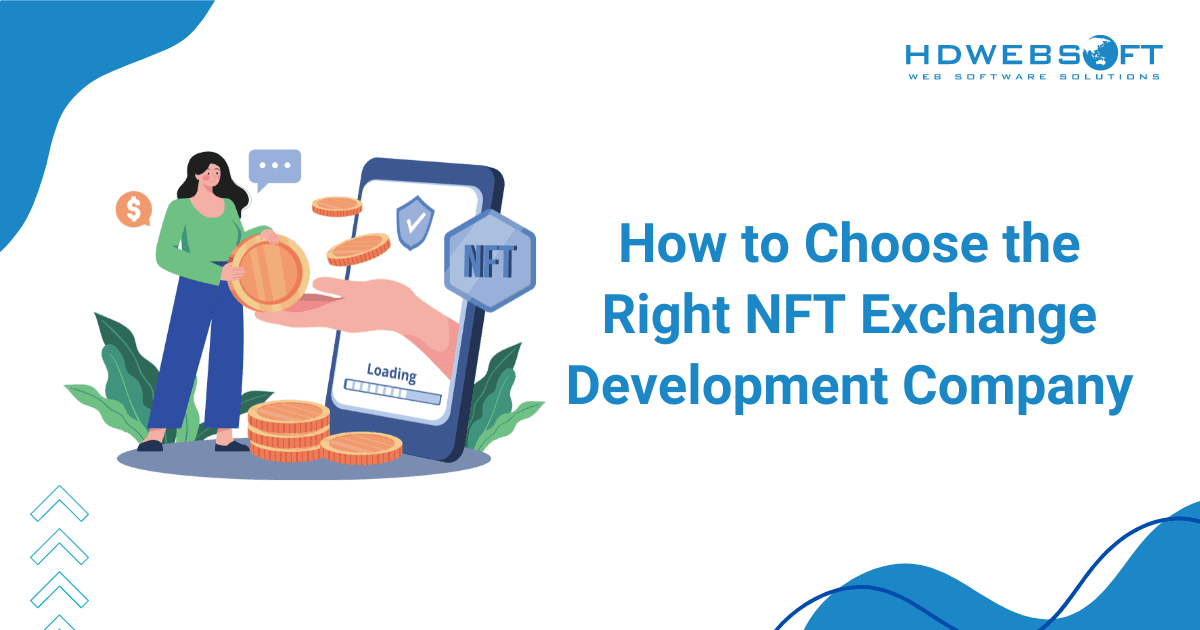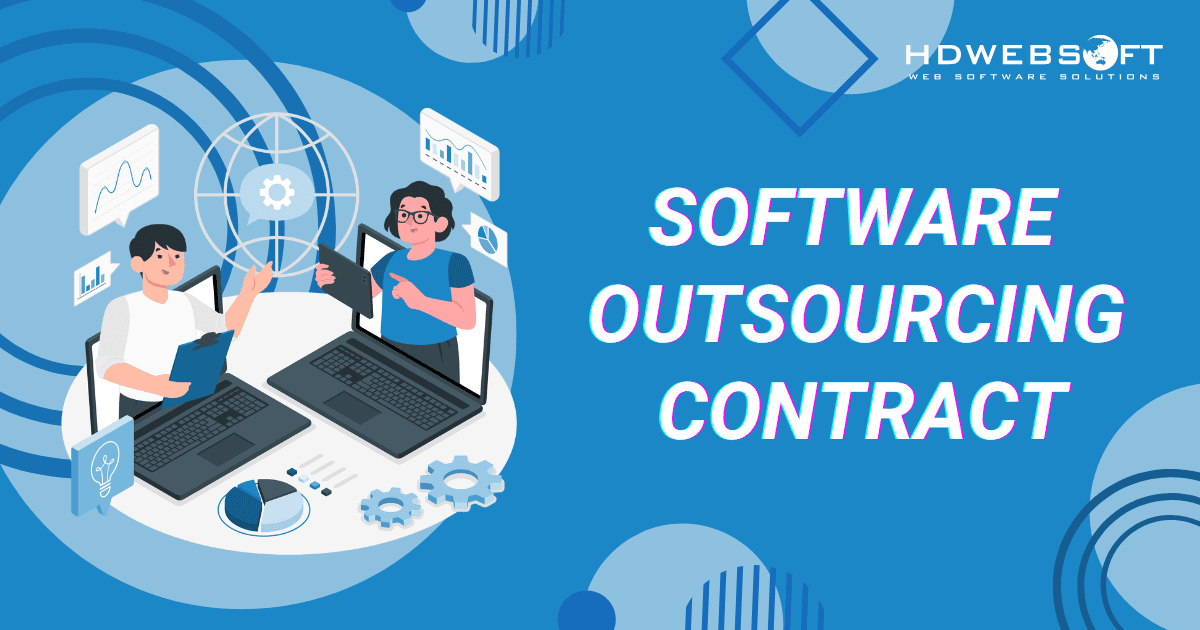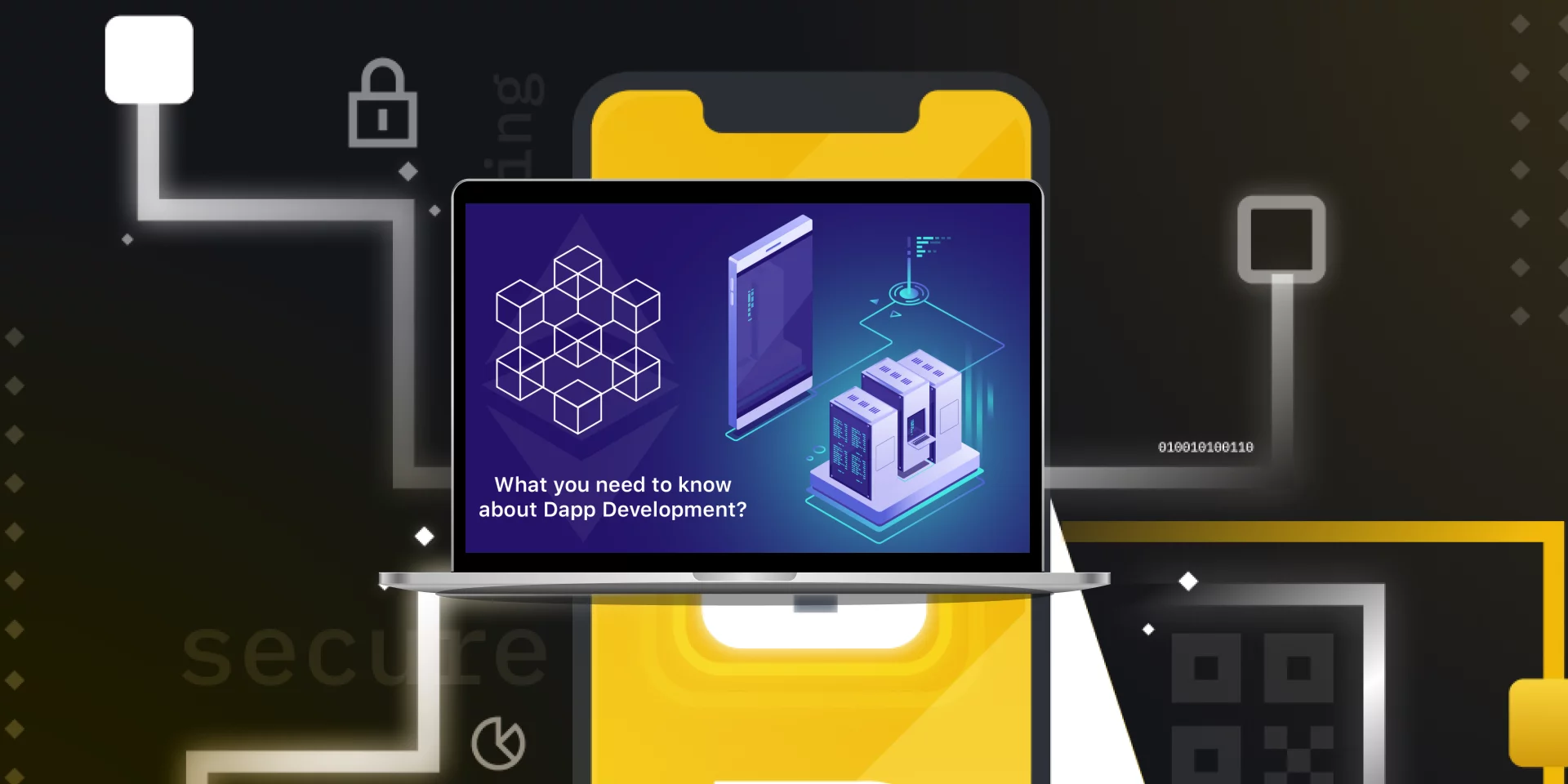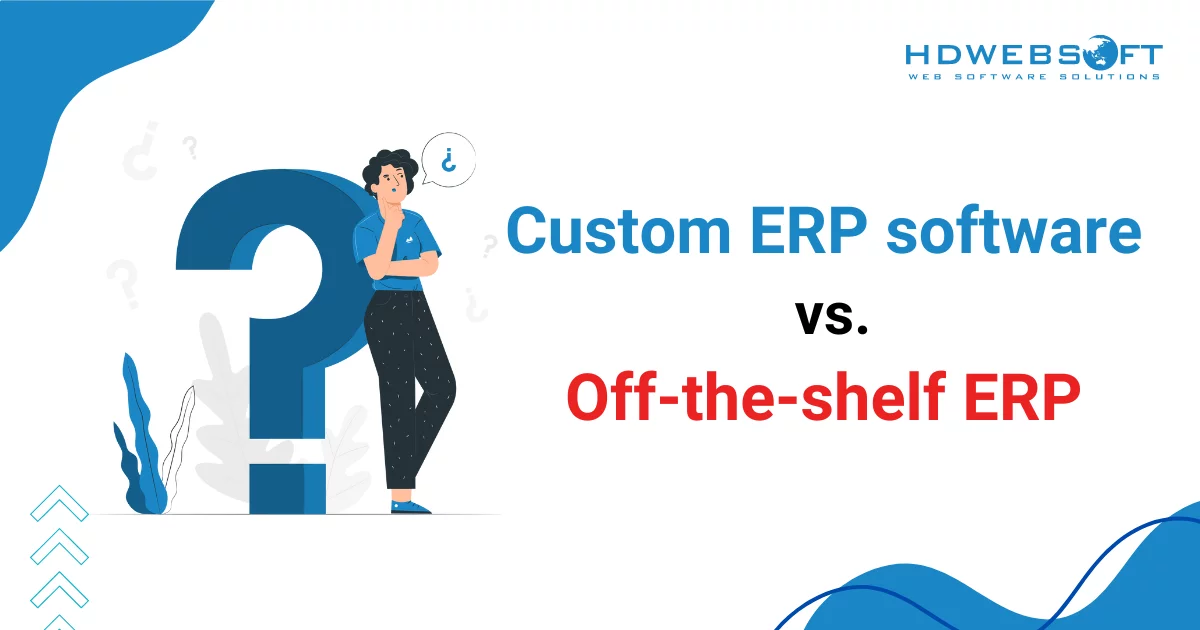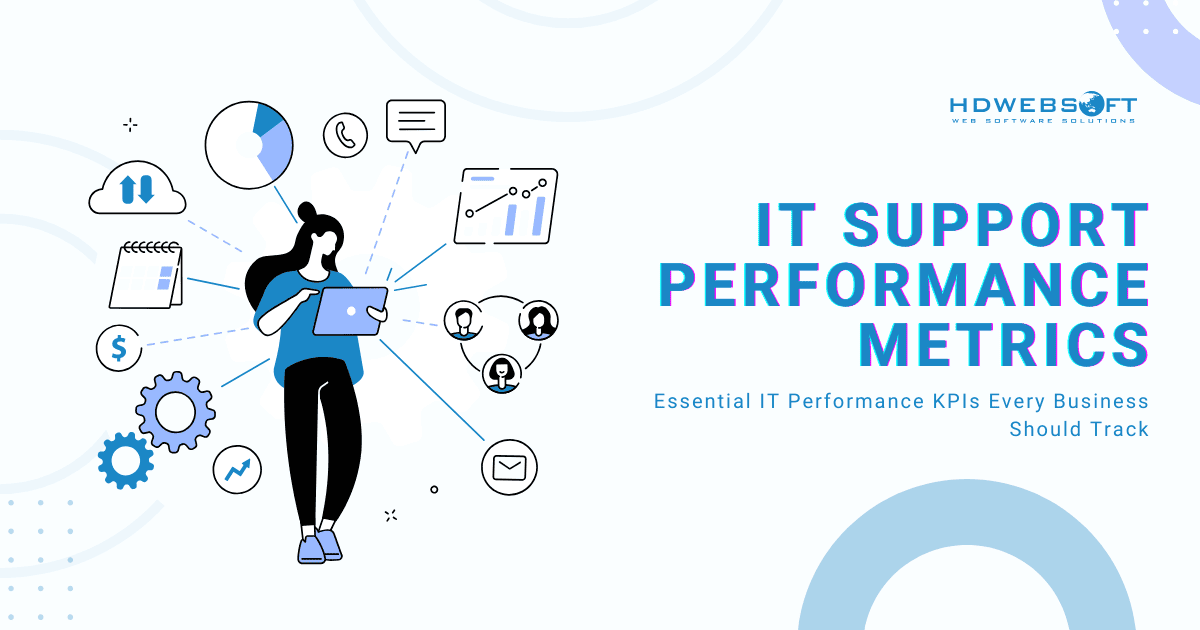
What is Outsourcing in Modern Business?
In today’s competitive business environment, companies continually seek ways to optimize operations, reduce costs, and enhance efficiency. Outsourcing has emerged as a key strategy to achieve these objectives. This blog explores the concept of outsourcing in business, its various types, software outsourcing models, pricing strategies, and the overall impact on businesses.
What is Outsourcing?
Outsourcing involves contracting out specific business processes or functions to external service providers. This strategy allows organizations to focus on their core competencies while leveraging the expertise and efficiency of specialized service providers. Outsourcing can encompass a wide range of services, including IT, customer support, human resources, accounting, and more.
What is the reason behind outsourcing?
Outsourcing in business has become a strategic tool for companies to streamline operations and maximize efficiency. Businesses can access a wider talent pool by delegating specific tasks or functions to external providers, often at a lower cost than hiring full-time employees. This frees up internal resources to focus on core competencies, allows for faster project completion, and potentially leads to improved product quality through the expertise of specialized outsourcing partners.
Ultimately, outsourcing allows businesses to be more competitive and focus on strategic growth initiatives.
Types of Outsourcing Services
In today’s globalized business world, companies are increasingly turning to outsourcing, delegating specific tasks or functions to external providers. But it isn’t a one-size-fits-all solution. There are various types, each catering to different needs. Let’s explore the most common types of outsourcing and how they can benefit your business:
Business Process Outsourcing (BPO)
BPO involves outsourcing non-core business functions such as payroll, customer service, and administrative tasks. This type of outsourcing helps companies streamline operations and reduce costs associated with these functions.
Information Technology Outsourcing (ITO)
ITO focuses on outsourcing IT-related services such as software development, infrastructure management, and technical support. Companies often choose ITO to access specialized technical expertise and advanced technologies without investing heavily in in-house resources.
Knowledge Process Outsourcing (KPO)
KPO involves outsourcing knowledge-intensive tasks that require specialized skills and expertise. This includes services like market research, data analysis, legal services, and R&D. KPO helps companies leverage expert knowledge and make informed decisions.
Outsourcing of Manufacturing:
Manufacturing outsourcing involves contracting out the production of goods to external manufacturers. This type of outsourcing allows companies to reduce production costs, access advanced manufacturing capabilities, and scale production according to market demand.
ITO Models and Pricing
The choice of ITO service model depends on the nature of the service being offered. Historically, outsourcing in business agreements has typically been priced either based on time and materials or through fixed pricing. Various approaches to structuring outsourcing partnerships are commonly employed, including:
| Pricing model | Engagement details |
| Time and materials | In this model, the client compensates the provider based on the actual hours worked and the resources utilized for the project. This approach has traditionally been applied to long-term software development and maintenance agreements. It is particularly suitable when project requirements and specifications are difficult to predict or subject to frequent changes. |
| Unit/on-demand pricing | The vendor sets a fixed rate for a specific service level, and the client pays according to the service’s usage. Pay-per-use pricing offers immediate productivity benefits and simplifies cost analysis and adjustments for individual components. However, it necessitates a precise forecast of demand volume and a commitment to minimum transaction volumes. |
| Fixed pricing | In the outsourcing business, the price is established upfront. This method is effective when requirements, goals, and project scope remain steady. Fixed pricing ensures cost predictability; however, if market prices decline, the fixed price remains unchanged. It can also pose challenges for vendors who must maintain service levels regardless of resource demands, potentially straining profitability. |
| Variable pricing | The customer pays a set fee for the basic service from the supplier, with the flexibility for pricing variations depending on the level of additional services provided. |
| Cost-plus | The client compensates the supplier by covering their expenses and adding a fixed profit margin. These arrangements lack adaptability to evolving goals or technologies, and they offer minimal motivation for suppliers to excel in their performance. |
| Performance-based pricing | In this approach, financial rewards motivate suppliers to achieve their best performance. Additionally, suppliers face penalties for failing to meet service standards. This pricing strategy is commonly paired with traditional methods like time-and-materials, which is particularly useful when customers can pinpoint investments vendors could make to enhance performance. |
| Gain-sharing | This pricing structure is determined by the additional value provided by the vendor, going beyond their standard duties. For instance, a car manufacturer might compensate an outsourcing service provider based on the quantity of cars manufactured. In such agreements, both the customer and vendor are equally invested, with potential profit-sharing based on the supplier’s optimal performance and achievement of the buyer’s goals. |
| Shared risk/reward | The provider and customer collaborate in financing the creation of new products, solutions, and services, with the provider participating in the benefits for a specified duration. This approach, known as co-sourcing in the outsourcing business, motivates the provider to innovate for business enhancement and distributes financial risk between both parties. However, effective implementation necessitates heightened governance. |
Conclusion
Outsourcing in business is a strategic approach that offers numerous benefits, including cost savings, access to specialized expertise, and improved efficiency. By understanding the various types of outsourcing and choosing the right software outsourcing model and pricing strategy, businesses can effectively leverage outsourcing to achieve their goals.
However, successful outsourcing requires careful planning, clear communication, and a well-defined strategy to ensure that the chosen outsourcing provider aligns with the company’s objectives and delivers the desired outcomes. As the business landscape continues to evolve, outsourcing remains a vital tool for companies aiming to stay competitive and innovative.







